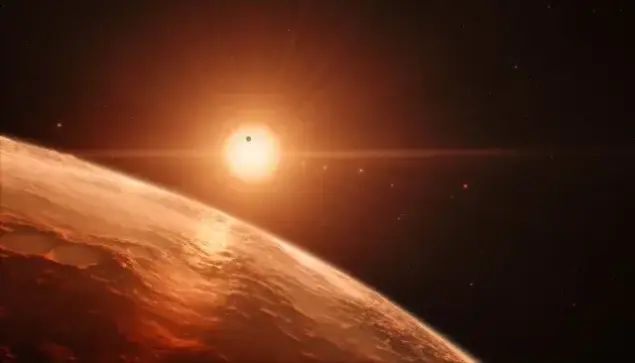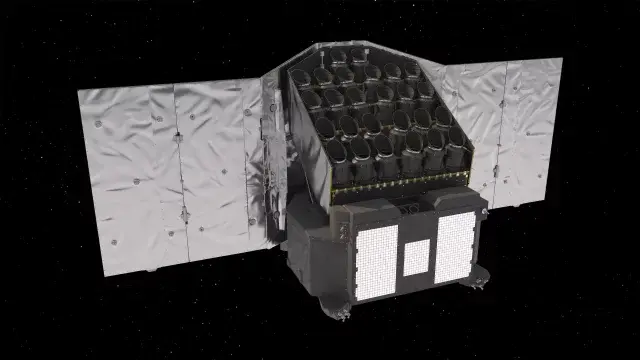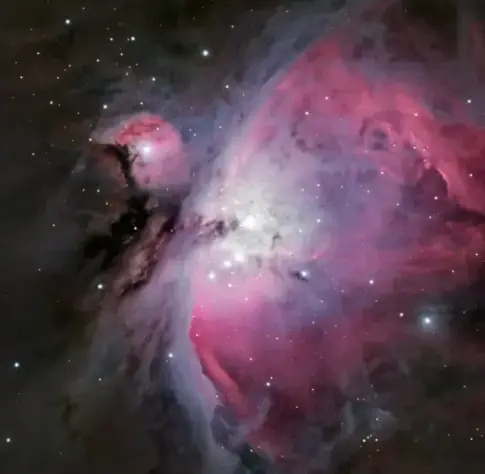#ndwgoecountdown Vortrag – Die Entdeckung von Planeten um ferne Sterne mit der PLATO-Mission
Neben den acht Planeten unseres Sonnensystems wurden um andere Sterne bereits über 5800 Planeten entdeckt. Am MPS bereiten wir in Zusammenarbeit u.a. mit der ESA die Weltraummission PLATO vor. Mit PLATO werden wir bald tausende neuer Exoplaneten entdecken.
https://www.goettinger-nacht-des-wissens.de/nach-format/vortrag/
@DrReneHeller @ndw_goe @thegoecampus
#ndwgoe #ndwgoemps #goettingen #mpsgoettingen #ESA #PLATOmission #exoplanets




